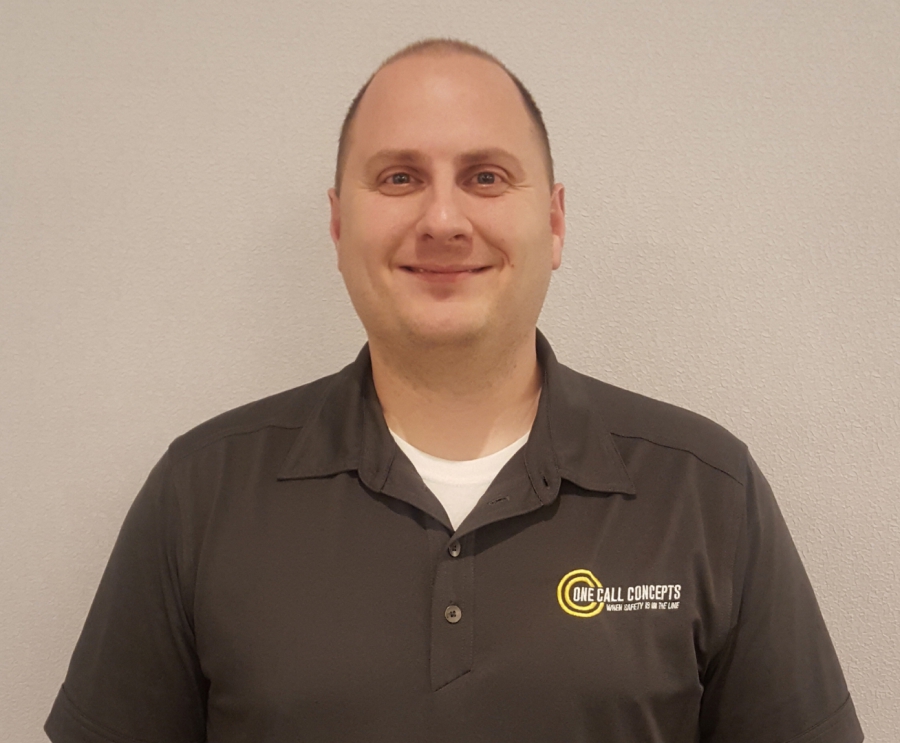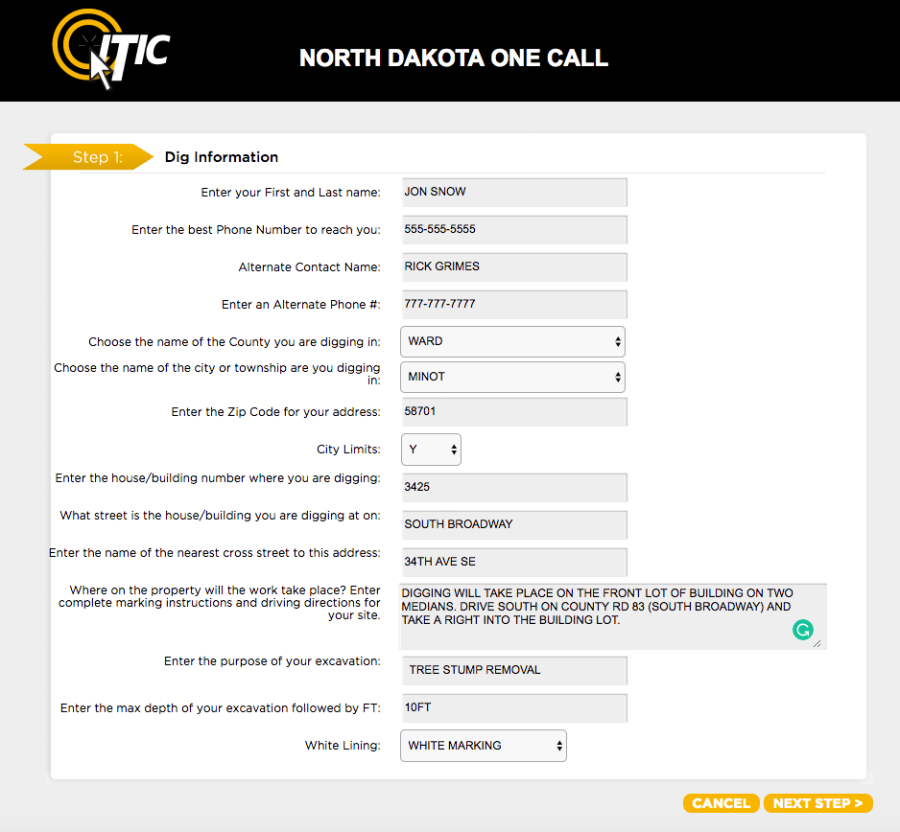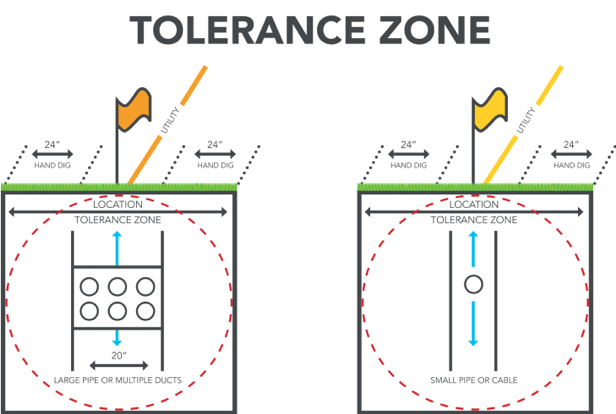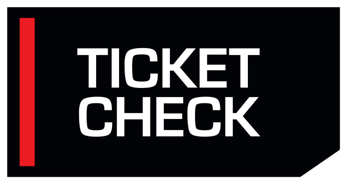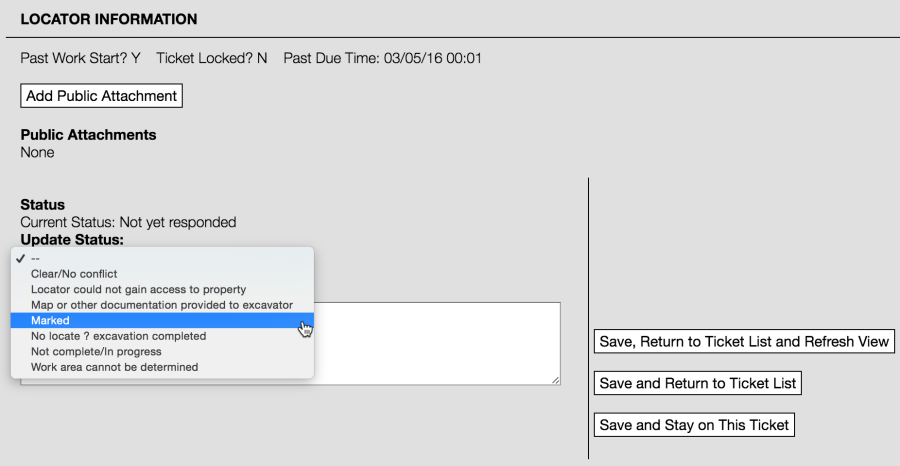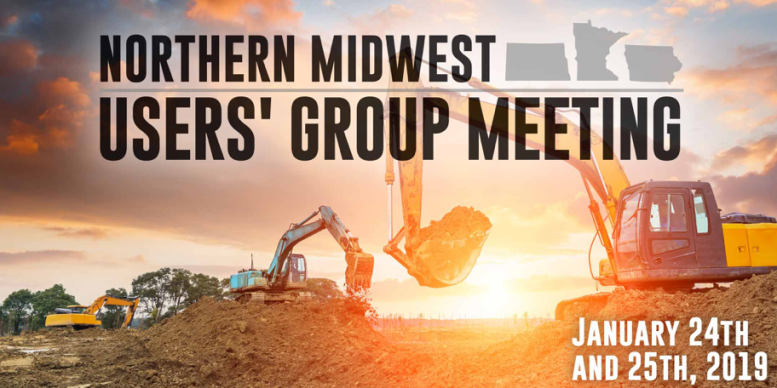
North Dakota One Call (NDOC) was pleased to attend the Northern Midwest Users’ Group Meeting (NMUG) in Bloomington, MN on January 24-25, 2019. One Call Concepts, Inc. (OCC) hosted the event, which was customized for three notification centers- NDOC, Gopher State One Call (GSOC), and Iowa One Call (IOC). The NMUG brings together notification center staff and facility operators from states with similar geographies, seasons, shared contractors, and initiatives and provides them with a forum to network with their peers, while learning about the OCC products and services available to them.
The meeting was held over two days at the Bloomington Sheraton Hotel before the upcoming busy digging season. The content of the scheduled presentations, combined with the insights shared during the open roundtable discussions, provided attendees a regional view of damage prevention strategies and suggested opportunities for new partnerships with other industry peers. Participants shared their successes, challenges, and new ideas about improving damage prevention.
Throughout the day and a half of the meeting, presenters led discussions on a variety of topics, including:
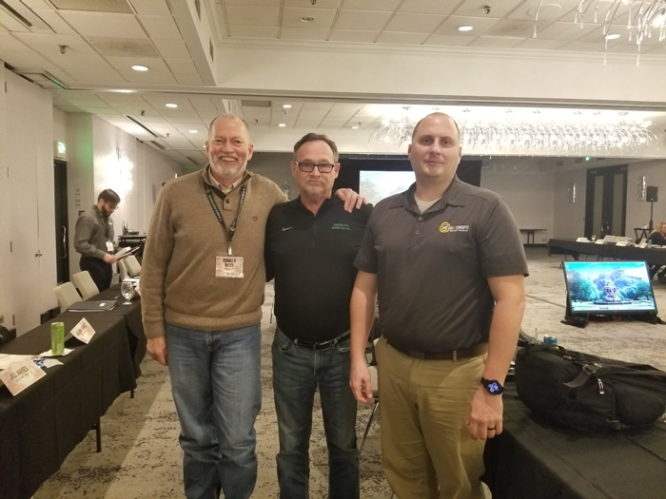
OCC Catalog of Products/Services
- Mobile One Call App
- Augmented Reality
- ForeSite
- Legislative Enforcement
- Public Relations and Damage Prevention Outreach/Education
- User Experience/User Interface (UX/UI) Redesign
- NULCA- National Utility Locating Contractors Association Update
- Wrap-Up Roundtable Discussions
At the networking event on the evening of January 24, the Peterson Farm Brothers gave an educational presentation about farming/ the 811 message and performed some of their popular parodies such as “I’m Farming and I Grow It” and “Chore”, as well as their original 811 song “Call Before Ya Dig”. They did a fantastic job!
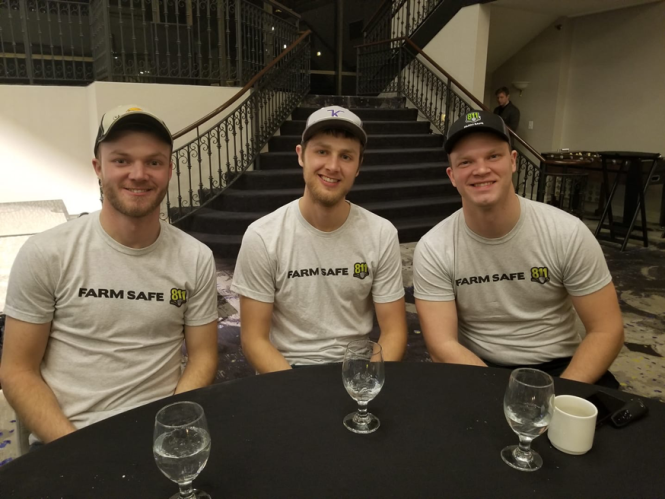
To learn more about the Peterson Farm Brothers, click here.
In a post-event survey, meeting attendees rated the venue, session content, and other factors. Overall, survey participants had positive feedback and noted that they would recommend attending this event to a colleague/co-worker. It’s easy to see that the Northern Midwest Users’ Group gives everyone who attends a forum to connect and collaborate on the mutual goal of damage prevention!
